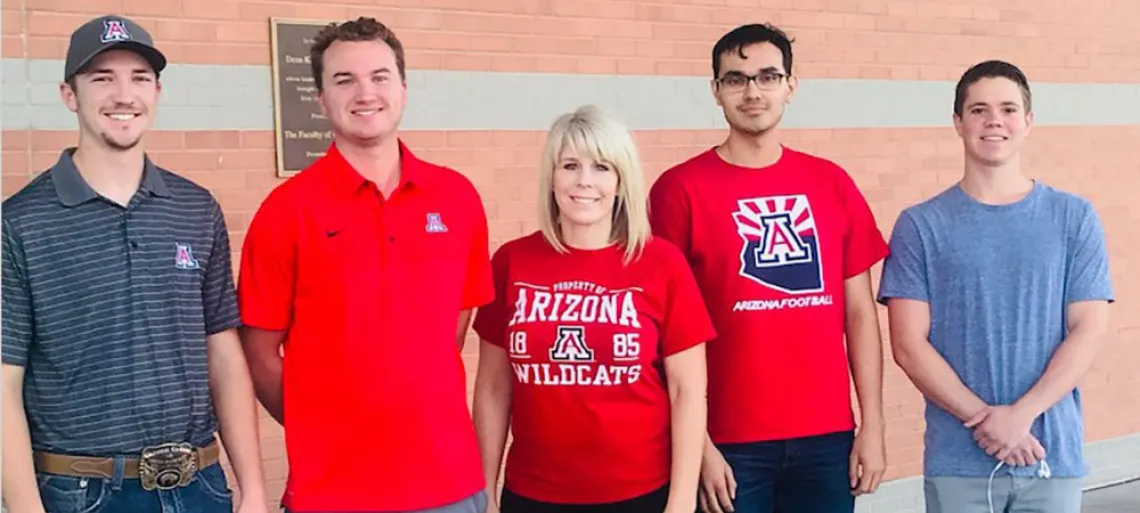The Art and Science of Influence

Have you ever gone online to donate to a private fundraiser and seen there a list of who else had made donations and in what amounts? Welcome to the concept of “social proof”—the idea that people tend to follow the lead of friends, neighbors and other peer groups. Speaking of friends, did you see any on social media, ahead of the last presidential election, posting a pledge to vote? Meet the concept of “consistency,” which posits that people who actively commit to something publicly are more likely to follow through on that intention.
These are just a few of the principles that Nathan Podsakoff, Robins Fellow and associate professor in management and organizations, explored in the Influence in Organizational Contexts class he created in 2016. Podsakoff designed the course to teach Eller students three important lessons: 1) learn to detect influence strategies being used on them; 2) be able to defend against those strategies as needed; and 3) learn to use those same principles themselves to become more effective influencers.
As a “capstone” team project, students are challenged to apply what they’ve learned about influence and persuasion in real-world fundraising. Last November, over the course of three weeks, student teams drummed up support for Make-A-Wish Arizona, the state chapter of the nearly 40-year-old foundation that works to make dreams come true for children with terminal illnesses.
Teams were required to develop a fundraising plan based on influence techniques covered in class, document how they implemented the plan and report back in a class presentation. Those presentations included outcomes, and last semester’s results shone especially bright:
- All four student teams directly raised more than $1,000 each, collecting $4,274 in grassroots donations
- News of their success so impressed one anonymous couple that they added another $2,660
- Podsakoff had promised to personally match funds raised by the leading team, adding $1,100 to the gift
- All of the above meant a base donation of more than $8,000, which was then matched by another private donor with a pre-existing agreement with Make-A-Wish, resulting in a total gift of more than $16,000
Of course, fundraising wasn’t the only measure of success for the class, nor the only opportunity for experiential learning. For example, one student sat down with an auto salesman and ultimately negotiated 30 percent off the dealership’s asking price for her mom’s new car as part of a homework assignment that required face-to-face interaction with an “influence agent.”
“As Eller students, we’re often tasked to find solutions to an issue a company is facing. However, most of the companies used in these projects aren’t real or never see the solutions we create. With this class, it was different,” says Elizabeth Stuckey, who completed the class last December. “Not only did we learn how to apply what we learned in school to real-life situations, but our work financially benefitted Make-A-Wish Arizona. This class was not like any other class I’ve taken at Eller, and I highly recommend it to anyone who’s passionate about giving back to the community and who wants to learn how to be influential in their future career.”
Learn more about the academic programs of the Department of Management and Organizations.
Header photo courtesy Juan Carlo Salcedo.

